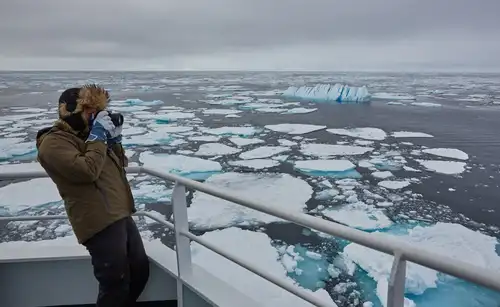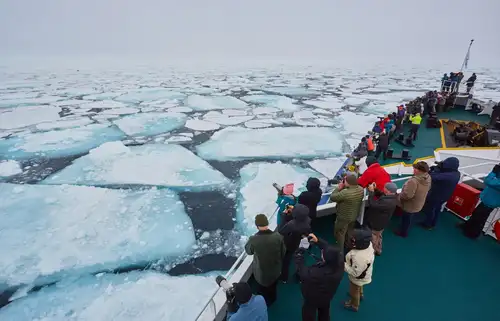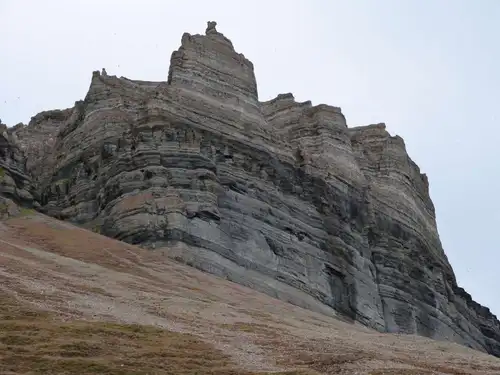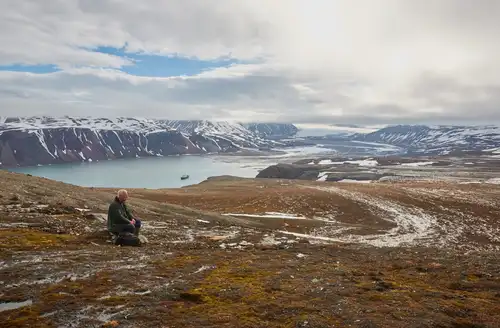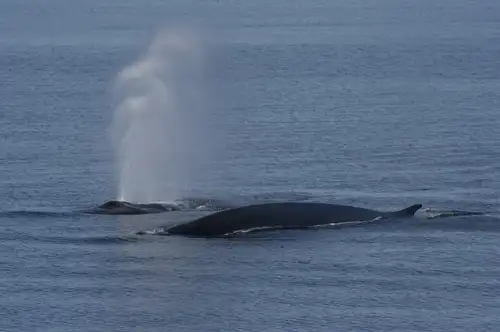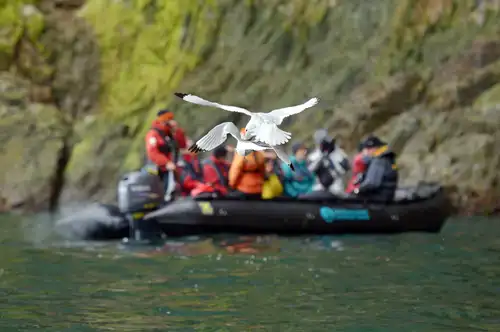Seabirds are the most prevalent type of bird in Spitsbergen. Experts have estimated that there are 164 bird species that have been found throughout Spitsbergen at various points during recent history, but only 30 of them are known to turn to the Svalbard Islands as their primary breeding spot.
This means that you can expect to see a diverse variety of birds if you go to Spitsbergen more than once, especially if you visit during different times of the year. However, if your cruise expedition will be a once in a lifetime event, you can still observe and photograph an intriguing list of birds while in the Spitsbergen area.
You can see some of these birds in action in our birds of the Arctic video below. Though not all of the birds in this video are common around Spitsbergen or the other islands of Svalbard, most of the species featured can be spotted there.
The bird species that are spotted most frequently
Some of the most interesting bird species that frequent Spitsbergen include the Atlantic puffin, snow bunting, pink-footed goose, purple sandpiper and ptarmigan. If you are extremely fortunate, you might also spot one of the rarer species in Spitsbergen such as the Sabine’s gull and King Eider.
In total, there are at least 23 species that are commonly spotted by birders, and most of them are not going to be found in many other areas of the world. For example, if you are visiting the Arctic from Europe or the U.S., you will be treated to an entirely different set of birds than you are used to. This makes Spitsbergen a popular destination for bird loving tourists who are adventurous enough to travel to the islands of Norway.
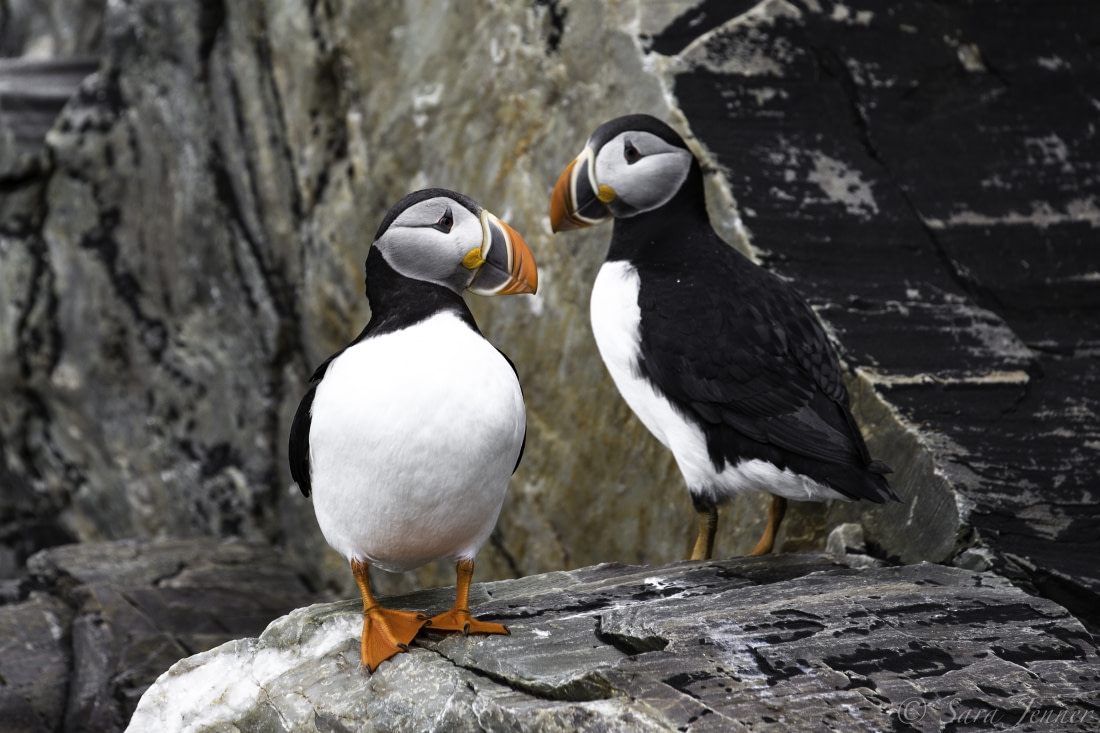
The best birding spots
There are numerous birding opportunities throughout Spitsbergen and the rest of the Svalbard Islands, and each one will provide you with access to different bird species. Perhaps one of the most compelling spots is Diskobukta’s canyon that smells like ammonia. At this spot, you can expect to be treated to approximately 35,000 breeding pairs of kittiwakes. Such a large grouping makes it easy to learn about this species activities, and it is also a prime spot for photographs.
Alkefjellet is home to Brünnich's guillemots and glaucous gulls. Both of these species spend most of their time in or near the areas that are referred to as bird cliffs. A colony of birds named little auks can be found in Hornsund, and they present a brilliant sight as thousands of them take to the air on a regular basis. These birds are similar in size to Starlings, and they are known to be eye-catching and friendly. Some of the best other spots in this region where you can expect to see birds include pack ice, Kongsfjorden and Woodfjorden.
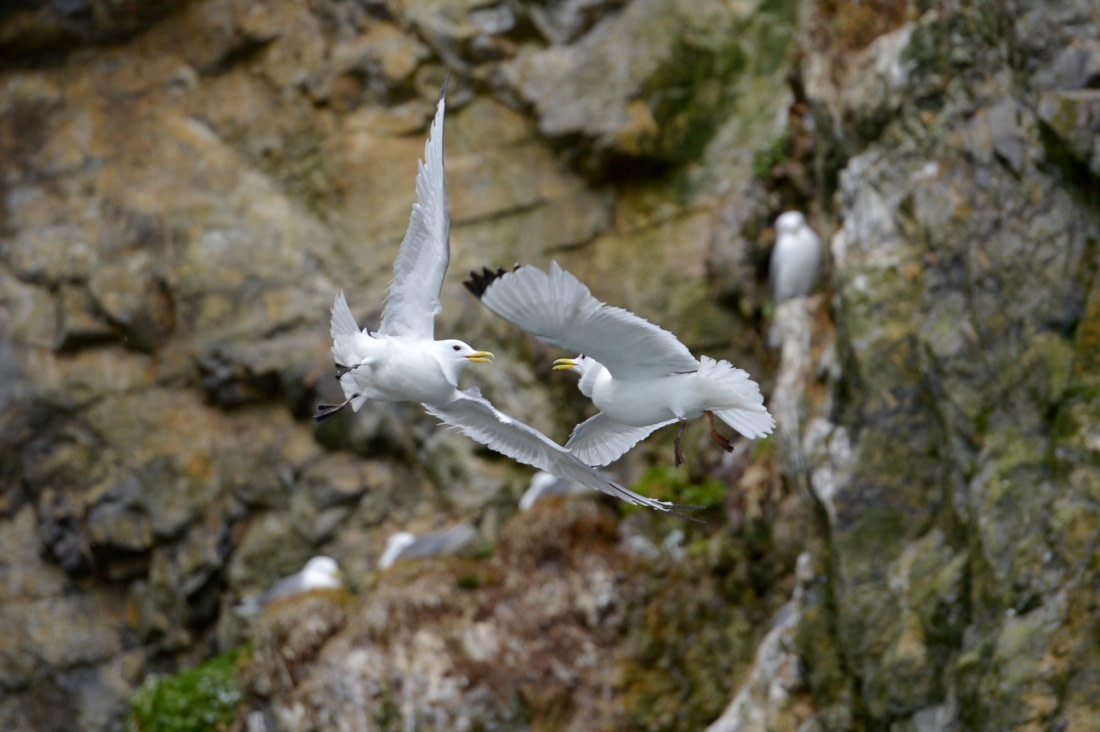
Combining Bird Watching with Other Wildlife Interests
If you are an avid birder, the odds are high that you are also interested in other types of wildlife. Fortunately, Spitsbergen offers a lot of additional wildlife viewing opportunities. As an added bonus, this can often be combined with your interest in bird watching.
In the previously mentioned Woodfjorden, you can expect to see grey phalaropes and polar bears in the same general areas. If you prefer to see walruses, you will probably want to head to Seven Islands or Moffen Island. One of the nice things about combining a zodiac cruise to Moffen Island (we cannot actually land on Moffen as it is protected by a zone of min 300 meters) is that this will also give you the possibility of encountering the Sabine’s gull.
Midnight sun and its impact on birding
One of the most fascinating things about birding in or near Spitsbergen is the fact that the breeding season is very short yet filled with plentiful viewing options. This is due to the summer period during which the sun remains shining at all times. For a stunning 76 days between May and July, birds are given the ability to easily hunt for food 24 hours a day. This also provides tourists with the unique option to participate in their favorite activities at hours that would normally be too dark to be productive.
An Arctic cruise expedition is the perfect way to see a visually stunning mixture of birds and other types of wildlife around Norway and many other areas, including Greenland. Each trip focuses on different areas to offer a variety of prime options.
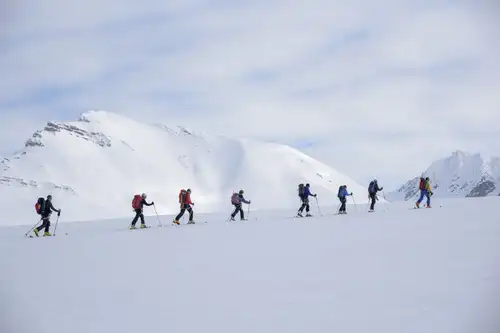
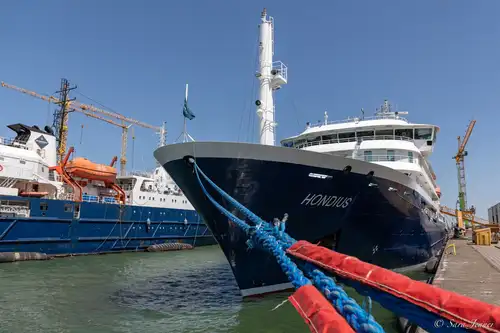
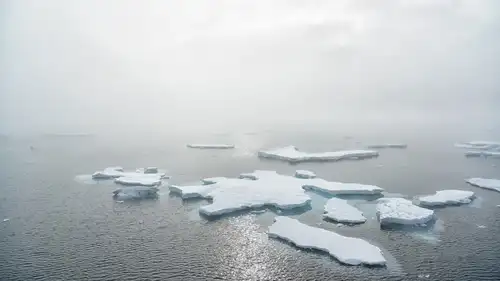

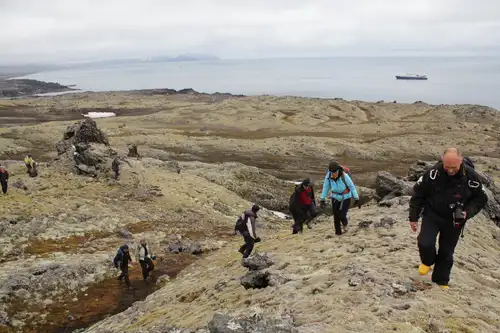
Related Trips
Blog


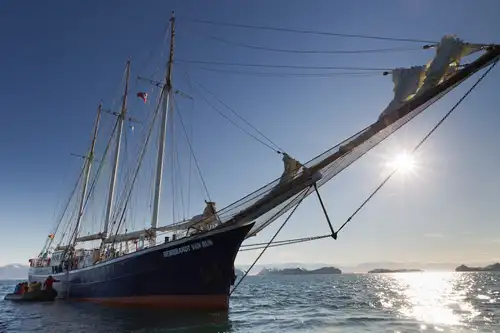
Ancient Arctic Exploration
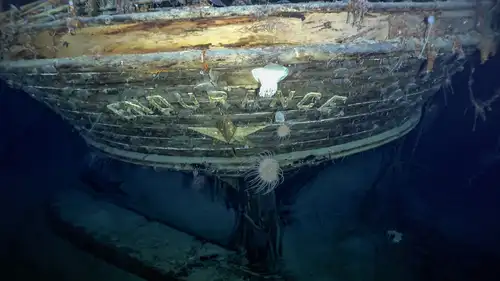
Shackleton’s Long-Lost Endurance Discovered in Antarctica
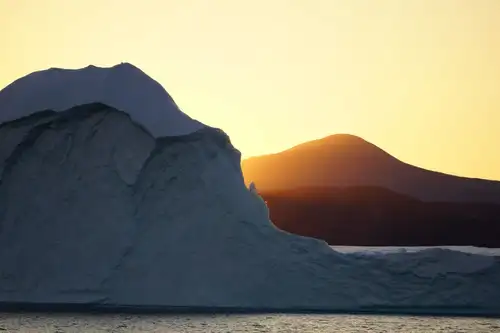
Light in the Land of the Midnight Sun
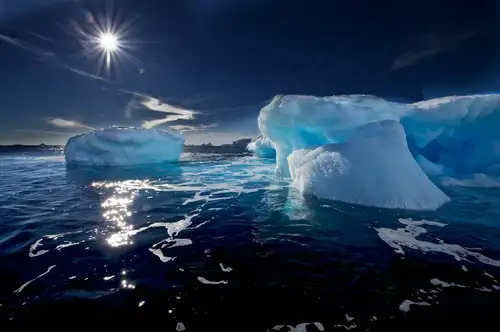
Everything you need to know about Antarctic icebergs

Seven Frightfully Fun Polar Ghost Stories
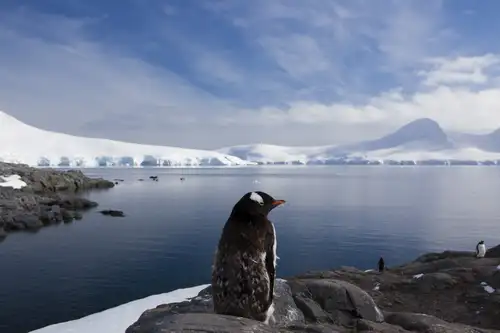
Guidelines for visitors to Antarctica
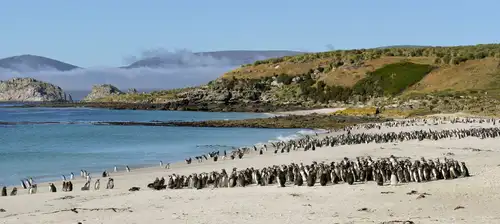
17 Reasons to Cruise the Falklands
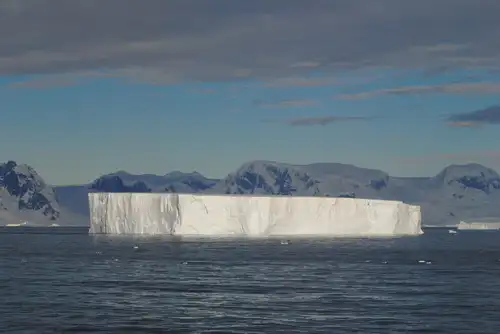
What the ice reveals about Antarctica
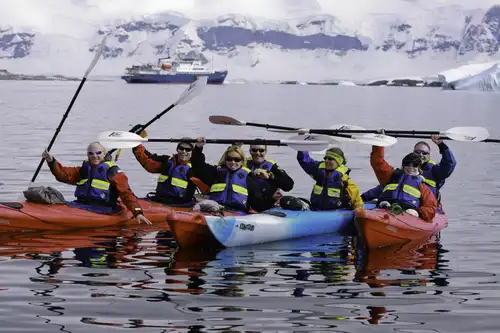
A Day of Basecamp in Antarctica – Paradise Harbour
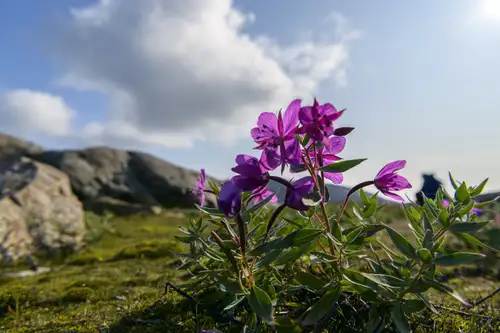
Arctic Flowers, Trees, and Other Plant Life

Exploration of the Polar Regions

The bio-richness of the Ross Sea

Experience King Penguins, Seals and More in South Georgia

Humpback Whales: the Stars of the Western Antarctic Peninsula
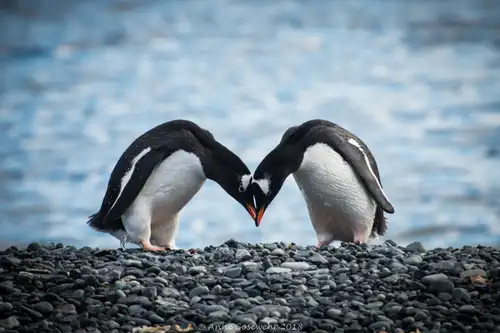
Polar Amore: 14 Wildlife Pics to Warm up Your Valentine’s Day
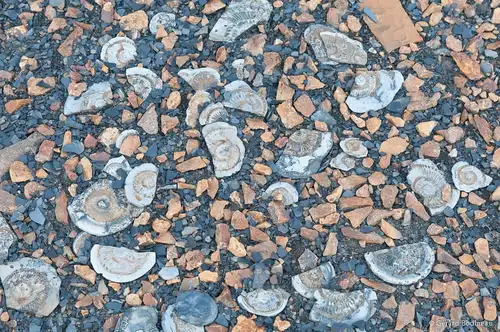
Svalbard a Disneyland for geologists
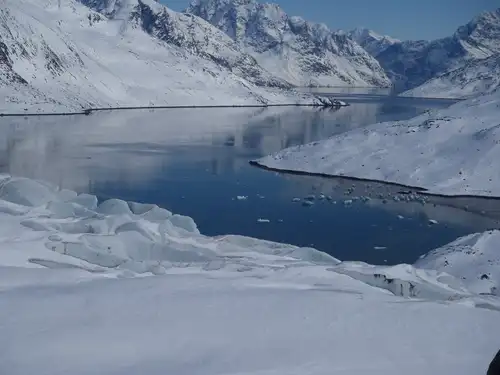
How and When Did Greenland Become Covered in Ice?
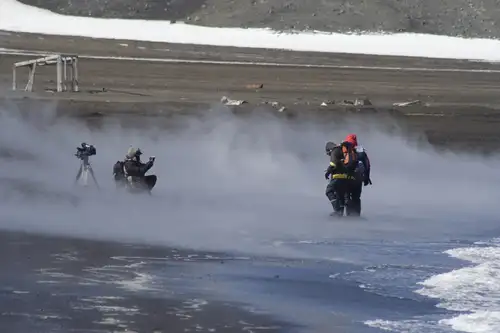
Deception Island deceptively active
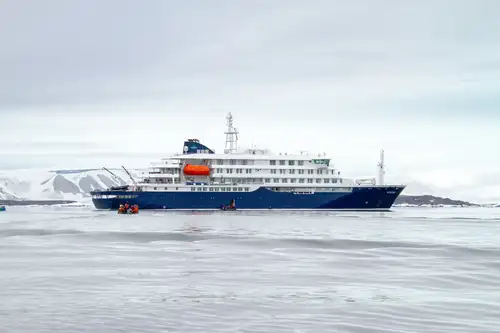
Seven Tips to Get the Most out of Your Expedition Cruise
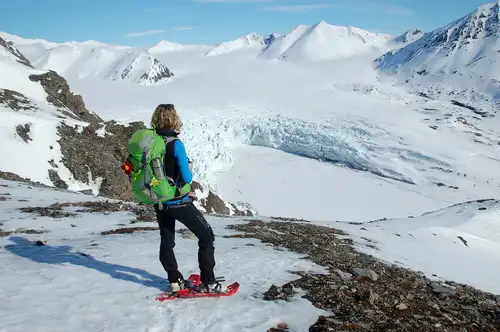



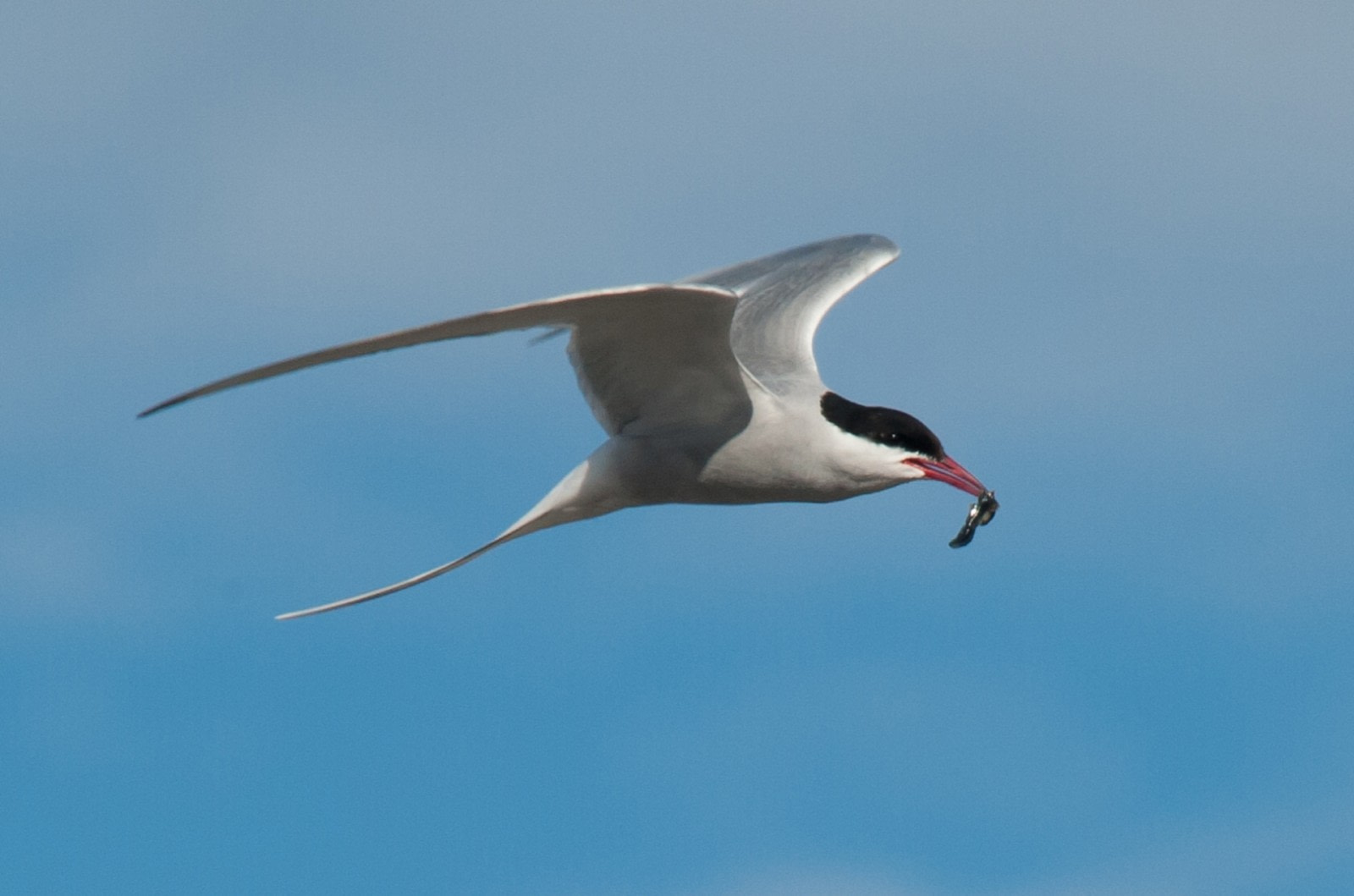

 8 Days / 7 Nights
8 Days / 7 Nights
